Plastic straws can take between 100 and 1,000 years to decompose, are threatening to sea creatures and other wildlife and litter the oceans and shores of the world.
Pub and bar chains including JD Wetherspoon, the Alchemist, All Bar One and the Laine Pub Company have all announced an outright ban on the use of plastic straws at their sites.
With many more freeholders, tenants and pub and bar companies likely to ditch plastic straws in their businesses over the coming months, The Morning Advertiser looks at the alternatives and their pros and cons.
1) Biodegradable ‘plastic’ or polylactic acid
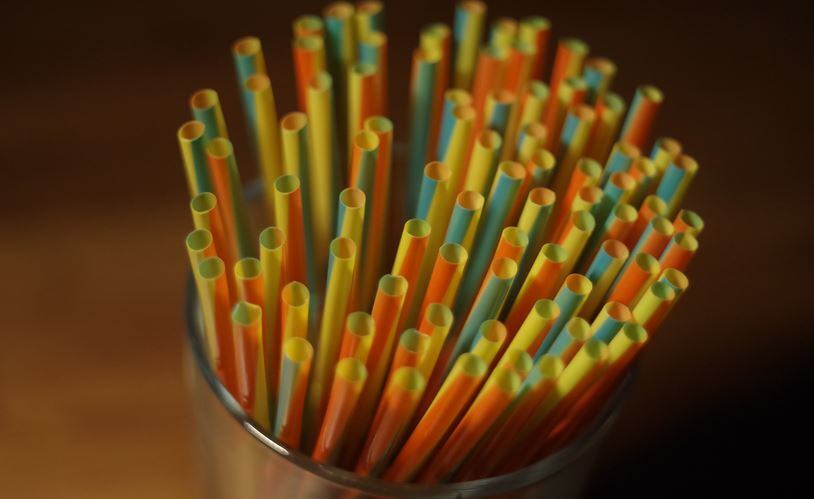
Plastic is enemy number one at the moment, but there are variations that biodegrade at a rate significantly lower than the 1,000 years it takes traditional plastics.
These plastics, known as biodegradable plastics or polylactic acid plastics, decompose naturally in the environment.
It can take as little as 12 weeks for the same microorganisms that break up organic materials to decompose these materials.
Made from the likes of fruit peel, plant oils, starches and other plant products, biodegradable plastics have the same feel and strength as traditional plastics.
Pros: They are strong like traditional plastic, are familiar to customers, are a relatively cheap alternative, and can be mass-produced.
Cons: They only decompose if disposed of properly and treated like compost, meaning throwing them into landfill will cause the same issues plastic straws do; while they are cheaper than many other alternatives, they can cost up to 10 times more than traditional plastic; some biodegradable materials are known to contain microscopic pieces of metal.
2) Metal
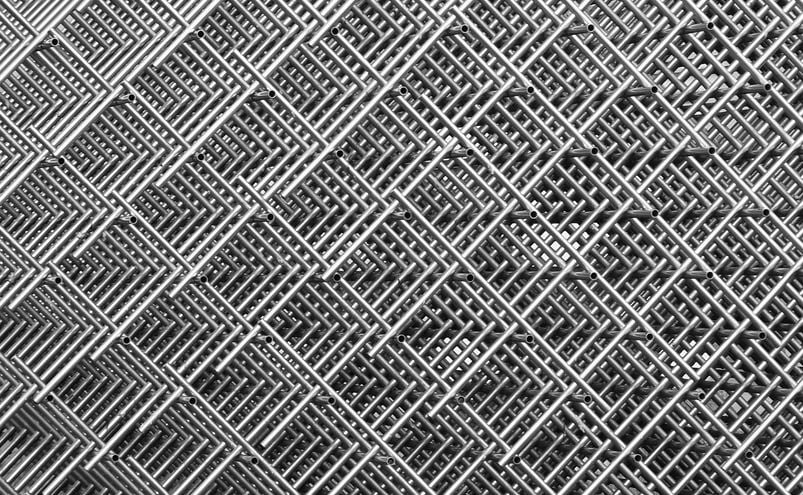
Hardwearing, durable and relatively easy to maintain, metal straws could be an ideal indispensable version of the throwaway plastic straw.
Obviously making something from metal will have certain drawbacks, the fact they are made from more expensive materials means there is an increased cost in the initial purchase. However, that could be outweighed by the fact they don’t need to be thrown away and therefore reordered.
Pros: Reusable, durable and cheaper in the long run.
Cons: Initial cost is significantly higher than plastic straws; they are more likely to be stolen by customers; as they are reusable, cleaning needs to be considered – individual cleaning with a brush may be required.
3) Straw straws
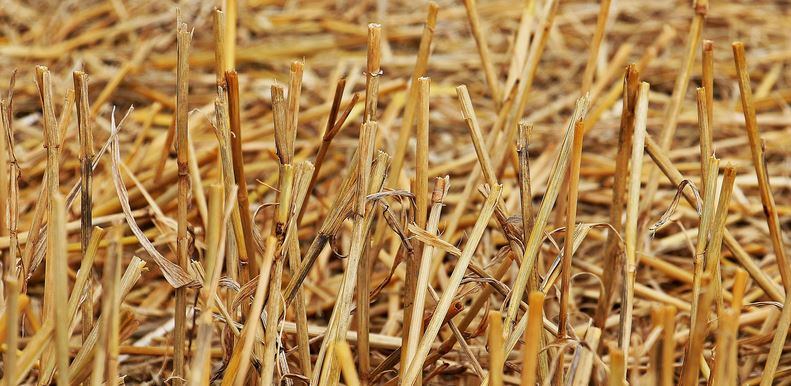
Straws made from straw may sound a little strange, but for hundreds of years before the advent of plastic, consumers were sipping drinks through long grasses.
Wheat and other grasses can make good drinking straws and offer a natural look and feel to drinks. They can also be cut to specific lengths.
Pros: They are made from a 100% natural product; are an agricultural by-product; many are chemical free; are 100% biodegradable.
Cons: They are not as strong as plastic or other alternatives; can easily rupture and tear; they can cost a lot more than other alternatives and plastics.
4) Bamboo
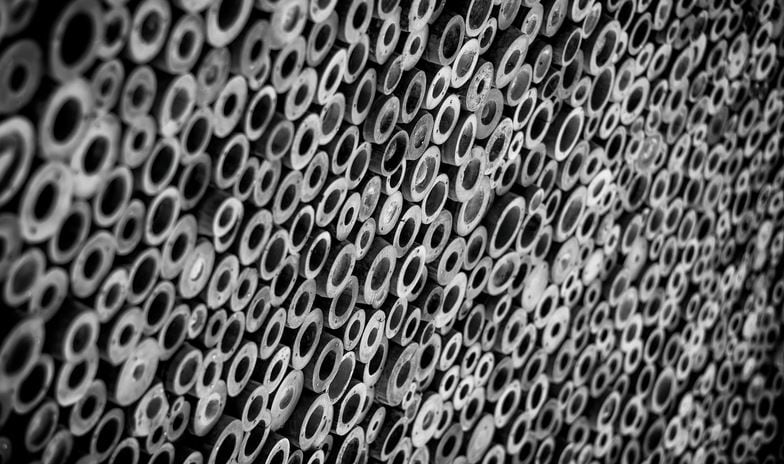
Yes, the same material many gardeners use to support their plants can be used to sup cocktails through.
They look natural, are natural and have a unique image.
Pros: 100% natural, come in different widths, are reusable (to a certain extent), compostable, and are great for both hot and cold drinks.
Cons: If you reuse them, they must be washed; if they are not responsibly sourced, you could be causing harm to the environment – it’s all pandas eat, after all; they have a very specific style, so unless you’re hosting a Tiki-themed night, they may seem a little out of place.
5) Glass
An alternative yes, but perhaps not the most realistic: 50 145ml glass straws can cost in excess of £45.
Though they may sound fragile, many glass straws are heat-treated to give them considerable strength. That does not mean they are indestructible, though.
The most common form of glass used to produce them is borosilicate glass, which is also used to make the likes of glass cups, bowls and ovenware.
Pros: They are stylish, have a classic look, are reusable, good for all types of drinks, familiar to customers, and they come in many sizes.
Cons: No matter how strong the glass, they are easier to break than other alternatives; they are extremely expensive; more likely to be stolen; there are possible health and safety issues – if a consumer bites down on a glass straw or they are given a chipped one, what are the repercussions for the pub?
6) Paper
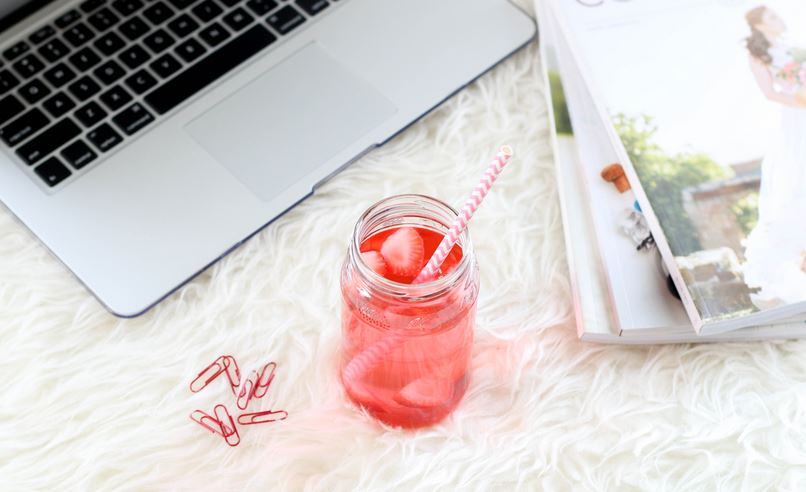
Although they have become trendy in some pubs and bars, paper is not the answer to all our problems.
Cheap, colourful and easy to use, paper straws do already serve a purpose in the on-trade, but they have their limitations.
Pros: Cheap, colourful, work with a wide variety of drinks, and familiar to customers.
Cons: They can quickly turn to mush if used in the wrong drinks; they can’t be used in short, heavy alcoholic drinks; they can look a little childish in a sophisticated setting.
7) Go naked
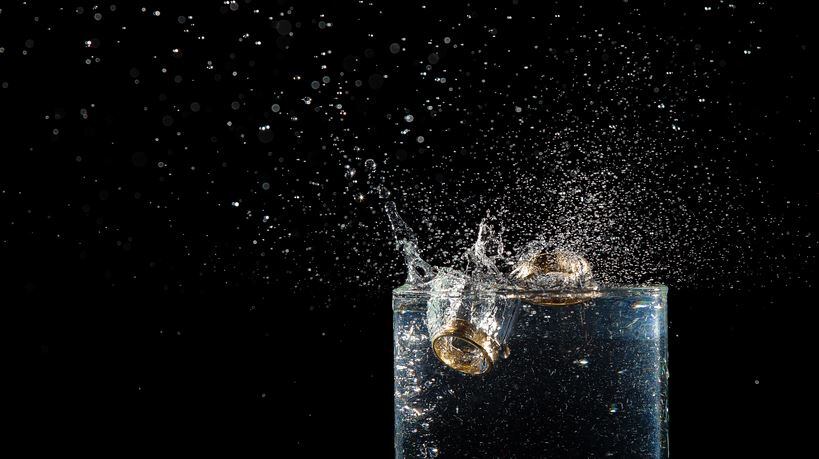
Why use straws at all? For some drinks, such as blended and those with crushed ice, it is near essential to use a straw, but not every other drink needs to be served with one.
Pros: Significant cost savings; and the ultimate environmentally-friendly message.
Cons: How do you drink a mojito or strawberry daiquiri without a straw?
